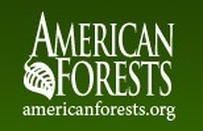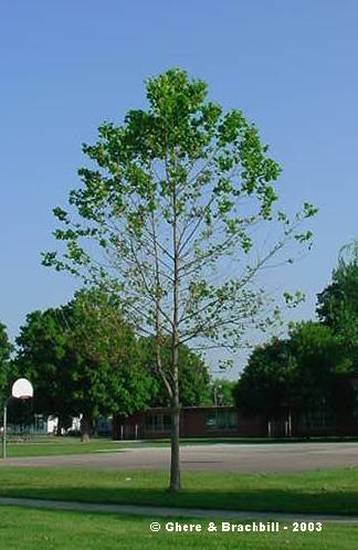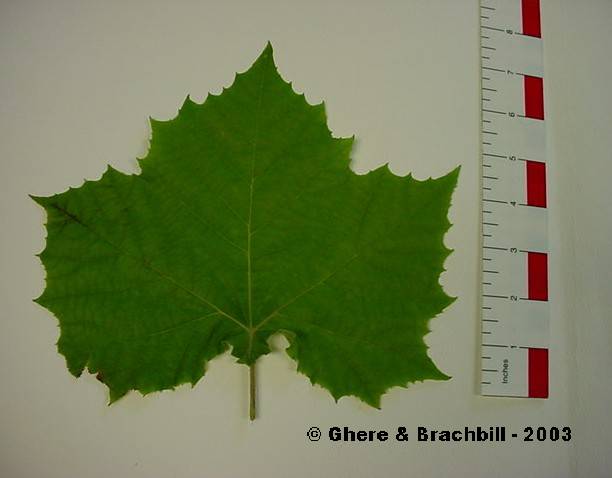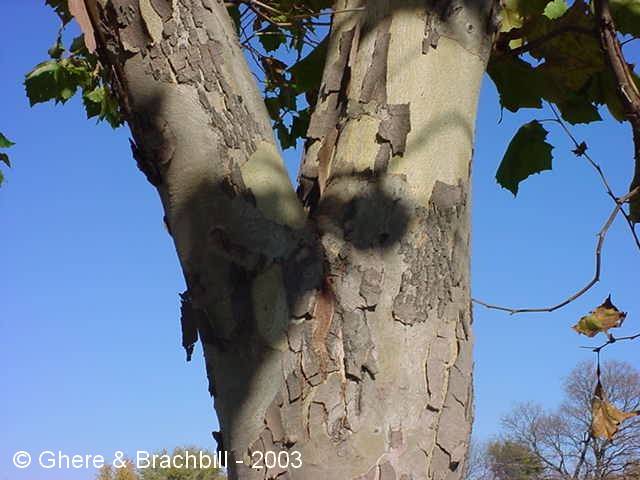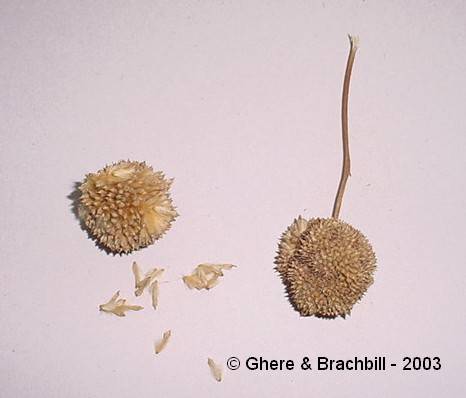Post 54
Moon Sycamore
Platanus occidentalis
(American Sycamore)
LocationN39º28.910'
W088º24.795' |
Date PlantedSeptember 3, 2010
|
|
On September 3rd, the students planted the Moon Sycamore, a historical tree:
Moon Sycamore Apollo XIV was launched on January 31, 1971, from Kennedy Space Center in Cape Canaveral, Florida, and was the third lunar landing. The entire mission lasted for nine days and included two moon walks, totaling 9 hours and 21 minutes. The Lunar Module landed near the intended Fra Mauro site of Apollo XIII, carrying three Americans: Captain Alan Shepard, USN; Major Stuart Roosa, USAF; and CDR Edgar Mitchell, USN. Once reaching the Moon, Shepard and Mitchell went to the surface where they walked 1.7 miles while Roosa kept the craft in orbit. Stuart “Smoky” Roosa, a former smoke jumper for the US Forest Service, had always felt a special fondness for the USFS’s task to protect and preserve our nation’s forests. So when Roosa learned he would fly to the Moon, he was determined to “fly something in honor of the Forest Service.” The service suggested seeds collected from across the country, including those from an American sycamore. Roosa’s efforts were an unprecedented mix of forestry and astronautics. The Moon Sycamores planted after the mission stand today as living tributes to Roosa’s effort. |
Purchased with funds from the Lumpkin Foundation Grant.
|
Tree located at
Hawthorne Elementary School 2405 Champaign Avenue Mattoon, Illinois |
Tree DescriptionLarge specimens are easily recognized, even at a distance, by their open crown of large, lateral spreading branches, growing between 60 and 100 feet tall. It has a straight trunk rising from a large base. Also called the American Planetree, this species develops the largest trunk of any North American hardwood with the current champion having a diameter of 11 feet.
HabitatStream banks, floodplains, and in wet areas at the edges of lakes and swamps; are also found in mixed forests and in parks. It prefers moist soils, but does well in most soils; prefers open country to forests, lowlands to uplands.
RangeSouthern Maine to southeastern Nebraska, south into Texas, and along the Gulf of Mexico to northern Florida.
|
Leaf DescriptionDeciduous, alternate, simple, palmately lobed, broadly ovate, somewhat maple-like in their general appearance, and from 4 to 10 inches wide. They have from 3 to 5 coarsely and wavy-toothed lobes which are pointed at the tips, and separated by very broad and usually shallow sinuses. The blades are thin but firm, bright green and smooth above, paler beneath, at first coated with whitish down, but eventually becoming smooth or nearly so.
|
